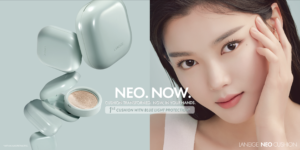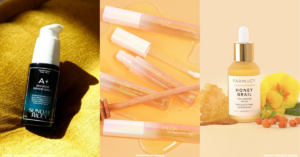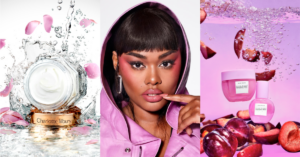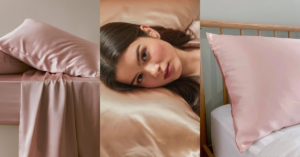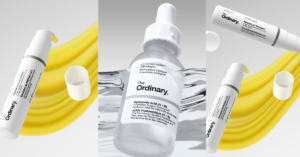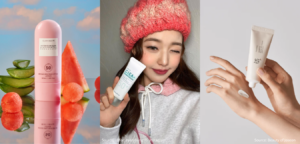Skincare
Sneaky Skincare and Makeup Ingredients That May Trigger Your Acne
If you have acne, you’re probably very careful about buying skincare products. You checking if it’s “non-comedogenic” or “non-acnegenic.” You...
By: Dedet Panabi / July 19, 2020
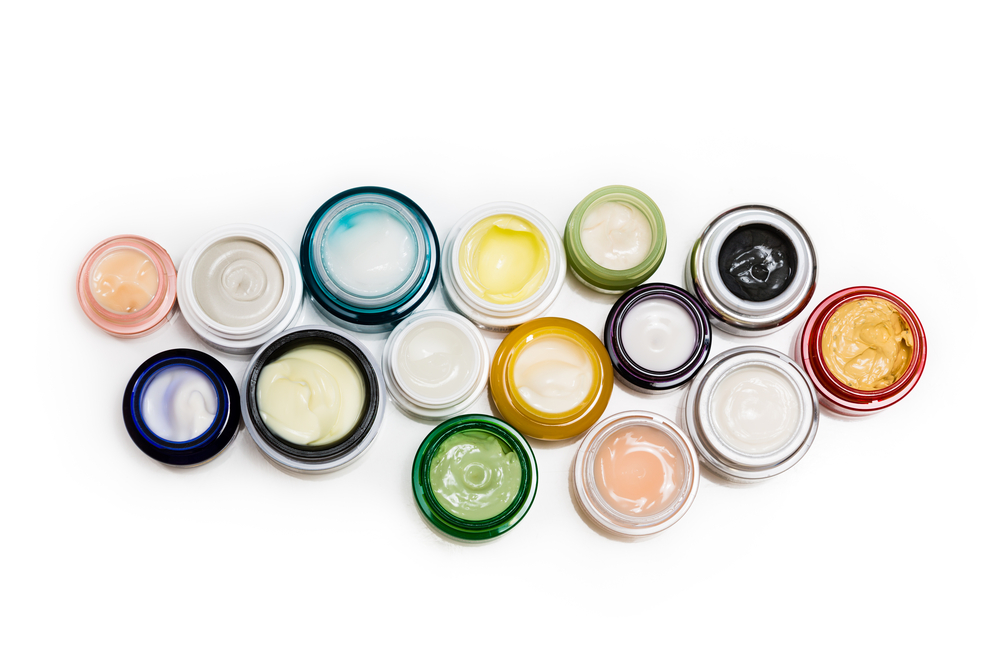
If you have acne, you’re probably very careful about buying skincare products. You checking if it’s “non-comedogenic” or “non-acnegenic.” You look for phrases like “won’t clog pores” or “oil-free”, and read reviews to see if it caused breakouts. But despite all these precautions, you get a breakout just days after trying your new product. What went wrong?
Contents
How can I tell if a beauty product can cause acne?
According to celebrity aesthetician Renée Rouleau, that’s a complicated question that can’t be answered without really understanding your skin and why you get breakouts in the first place.
“Depending on your age, skin type, and form of acne, certain ingredients will be better or worse than others. And while one ingredient might be horrible for someone who’s older with stubborn cystic breakouts along the jawline, the same ingredient might be okay for a teenager who’s getting new angry breakouts on a daily basis,” she says.
In some cases, the problem doesn’t lie in the product itself, but how you’re using it. A common mistake that people make is to use an acne treatment all over the face, instead of applying it only where you need it. That can throw the skin PH off-balance, or cause dryness and irritations—factors that can trigger new breakouts aside from other skin problems.
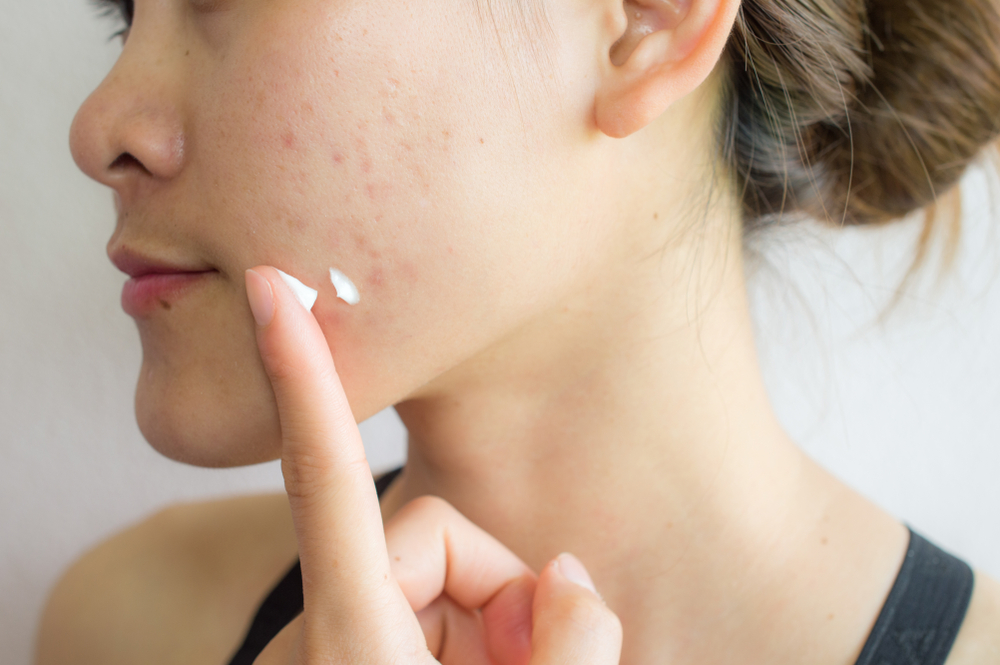
Are all oil-free and äll-natural products good for acne-prone skin?
Many dermatologists say that you should look beyond the advertising or marketing claims and read the label. A product may not contain oil, but it can have other ingredients that can irritate your skin. Some natural plant extracts can clog pores, and in some cases, lab-processed ingredients are more effective at treating cystic or severe acne.
Even the label “non-comedogenic” isn’t a guarantee that you won’t get a breakout. Just because it doesn’t clog pores doesn’t mean that it can help with the other factors that contribute to acne: bacteria, hormonal fluctuations, inflammation, etc.
What’s the best way to choose products for acne-prone skin?
- Know your skin. Are you really oily, or do you have irritated skin that is actually overproducing oil because it has become too dry? Do you tend to get breakouts in certain parts of the face—forehead, chin—and could they be a sign that you’re irritated by the shampoo or toothpaste that you use? Is your acne caused by hormonal surges, perhaps by PMS, pregnancy or birth control?
- Strip down your skincare to the basics. Sometimes, using too many different kinds of products can trigger acne because the ingredients just don’t mix well together. It’s also harder to find out what product is causing your breakouts.
- Keep a skincare diary. If you have a product that works really well for you, write down the ingredients. Do the same for products that irritated your skin, and those that didn’t work well. For example, some people swear by tea tree oil, and others get skin reactions.
- See a dermatologist to treat current breakouts. If you’ve switched through several products and still can’t find a solution to your acne, it’s best to see a dermatologist. Work on clearing your skin, using either prescription products or treatments, and then ask for recommendations for what will work for your skin. If you keep trying to self-treat severe acne, your “solutions” may end up worsening the problem—and you may end up with acne marks or scars that will take longer to treat.
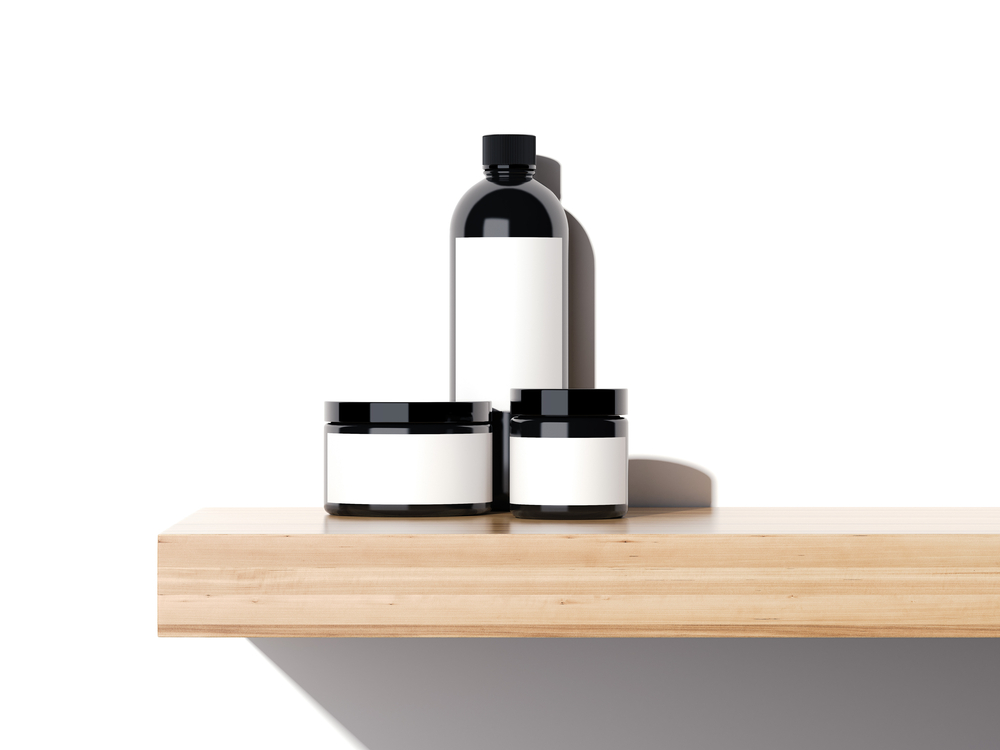
Skincare ingredients that may trigger breakouts
That said, there are ingredients that may trigger breakouts. They aren’t necessarily bad, and in many cases they are harmless. But for some people, they can either increase the risk for acne or worsen it. This list can help you check your beauty products.
- Synthetic perfumes. Don’t just trust your nose. Look for words like “fragrance,” “parfum,” or ” “perfume” anywhere on the ingredient list.
- Essential Oils. Rouleau says that many “natural” skincare products can carry high concentrations of essential oils that can irritate inflamed skin.
- Sodium Lauryl Sulfate. Commonly found in cleansers, it can damage the skin’s protective barrier and cause irritation. It can also be in shampoos and conditioners, which can trigger breakouts along the hairline.
- Isopropyl Myristate and Isopropyl Palmitate. These can clog pores and cause non-inflamed closed comedones—bumps in the skin that aren’t red or painful.
- SD Alcohol 40, Denatured Alcohol, Ethanol, and Isopropyl Alcohol. These are sometimes found in acne spot treatments, and can help dry out an inflamed pimple. However, they shouldn’t be applied all over the face—so avoid them in toners or exfoliating products.
- Coconut oil. While it is excellent for normal, dry or ageing skin, it can clog pores and trigger breakouts.
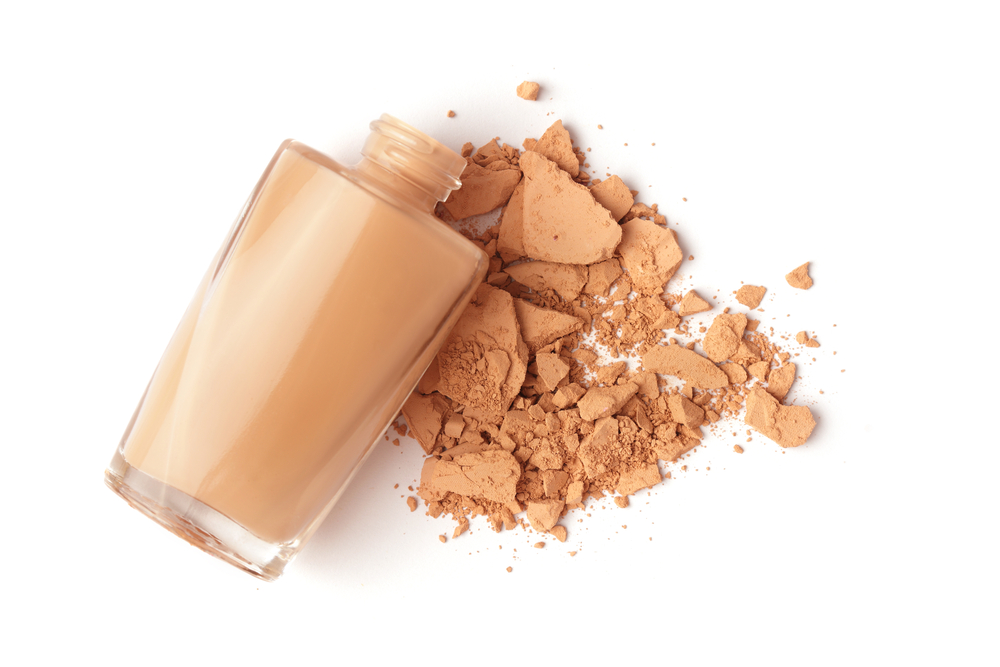
Makeup ingredients that may trigger breakouts
- Alcohol. Often used in foundation and concealer so other ingredients can be absorbed by the skin. However, once it dries, it coats the skin and can clog pores.
- Acrylic. It is sometimes used to bind ingredients together, but it’s like applying a thin layer of plastic on your skin—anything underneath will get trapped and clog pores.
- Bismuth Oxychloride. It is added to powders to create a shimmer finish or a subtle glow, but it can trigger cystic acne.
- Mica, Silica, and Talc. These light-reflecting particles are sometimes added to foundation, bronzer, luminizer, and blush. While they can add radiance, they may not be the best choice for acne-prone skin.
- Petrochemicals. Look for words like mineral oil or petrolatum in the ingredient list. These clog pores and can also irritate the skin.
- Silicone. This can be found in makeup primers and foundations. While it’s safe, it can dehydrate the skin and clog pores.




